SL - Random Still Life | Macro Photography Session
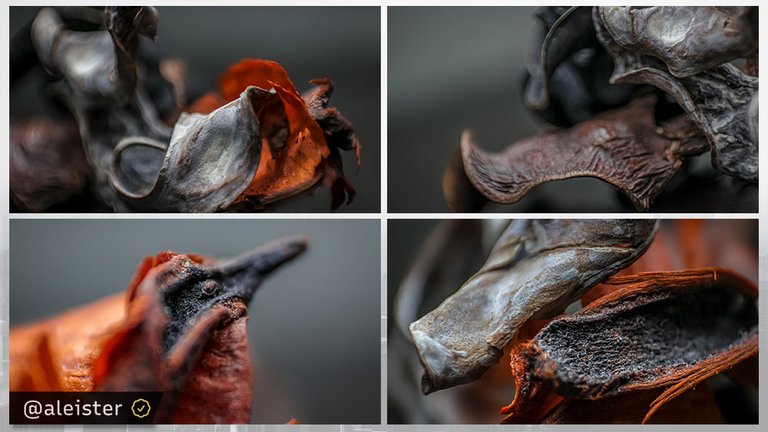
Hello everyone :)
Another round and this time I decided to use as examples some loose still life pieces that we have here at home and that are used as decoration.
I no longer remember where these pieces were acquired, although I remember that they were acquired together, with the purpose of serving as decorative notes that can be attached to other items.
But today their usefulness has become the center of attention in front of the camera lens, and once again they did not disappoint considering the visual result that can be obtained when some of these pieces are put together under the point of light and the lens is brought closer :)
Used equipments
Camera: Canon EOS 600D Digital SLR with CMOS sensor
Lens: EFS 18-55mm with f/5 maximum aperture, allowing shallow depth of field and capturing fine details.
Used inverter ring
Tripod: not used
Lighting: Adjustable LED lights to provide soft, even lighting, avoiding harsh shadows and highlighting the details of structures.
Session Purpose
The main objective of this macro photography session is to capture detailed images of a small plant, with a focus on thoroughly observing and documenting all characteristics and visual details. Furthermore, i seek to create attractive visual compositions for publication on this blog, aiming to share the beauty and complexity of this structure.

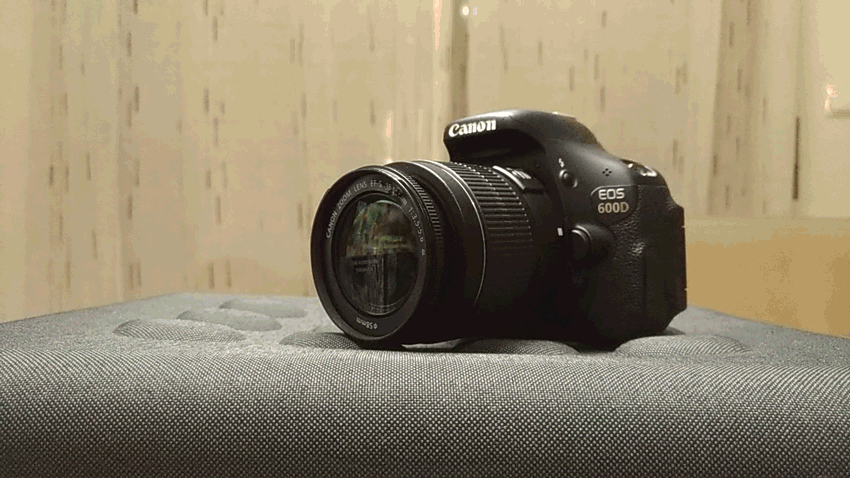
Among the numerous techniques available for macro photography, this method is arguably the most cost-effective and efficient for individuals possessing a camera with a removable lens. By simply detaching the lens and reversing its direction, and employing an inversion ring, the process becomes more manageable and streamlined.
Let's see some nuances of the pieces in focus in today's session
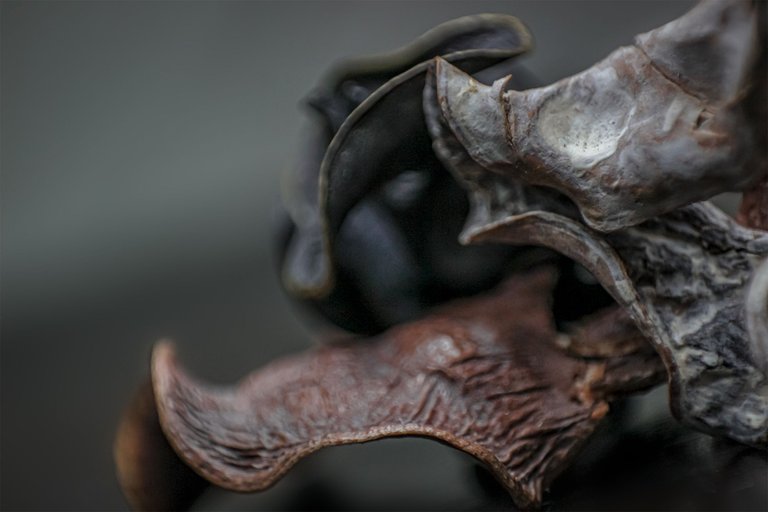
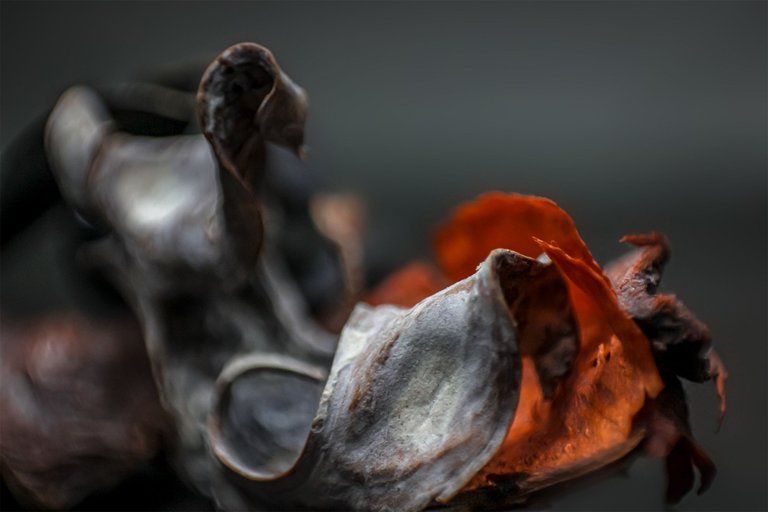
Technical Description of Macro Photography Session
Camera Settings
Focus Mode: Manual focus to ensure precision in specific details.
Aperture: Variable aperture between f/3 and f/5 for adequate depth of field, ensuring all important details are in focus.
ISO: Low ISO setting (400) to minimize noise in images.
Shutter Speed: Adjust shutter speed as needed to avoid underexposure, while maintaining a value that allows you to capture sharp details.
Procedures
- Environment Preparation:
Assembling the macro photography set in a controlled environment, minimizing the presence of dust and ensuring a clean and white surface for positioning the subject. - Section Positioning:
Placing the subject in position that highlight the unique characteristics, using appropriate supports to keep the example stable. - Lighting Adjustment:
Setting the LED lights to provide uniform illumination, adjusting the intensity and angle of the lights to eliminate unwanted shadows. - Image Capture:
Taking multiple shots with variations in aperture settings, shutter speed and capture angle, exploring different perspectives and compositions. - Image Review:
Immediate analysis of images captured on the camera's viewfinder to ensure that all desired details were captured sharply and clearly. - Post-Production Editing:
Importing images into editing software (Adobe Photoshop CS) to adjust brightness, contrast, sharpness and remove any imperfections.
Before moving onto the result...
- My introductory thoughts about macro photography:
Macro photography, by allowing the capture of minute details that are often invisible to the naked eye, opens up a universe of possibilities in the exploration and dissemination of new layers of reality. Personally, I believe that this photographic technique offers a privileged window to reconfigure our perception of the world, bringing to light the intrinsic complexity of objects, living beings and seemingly banal phenomena. Macro photography, by expanding the visual field, allows us to observe textures, patterns and structures that would otherwise remain unknown or undervalued.
One of the aspects that fascinates me most about this technique is its ability to generate a diversity of unique perspectives. By focusing on details that would normally go unnoticed, macro photography reveals the richness and complexity of the microscopic world, which are often beyond the reach of the conventional human gaze. This not only transforms our relationship with our surroundings, but also challenges us to reconsider notions of scale and visual importance.

Let's now move onto the result:
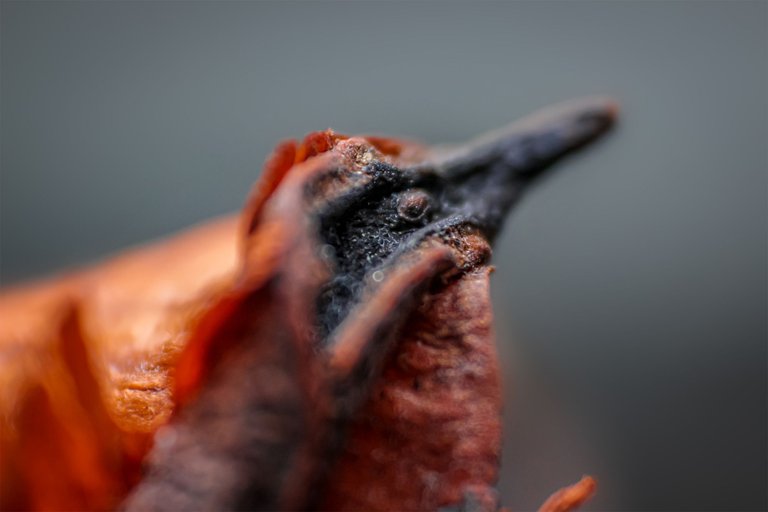
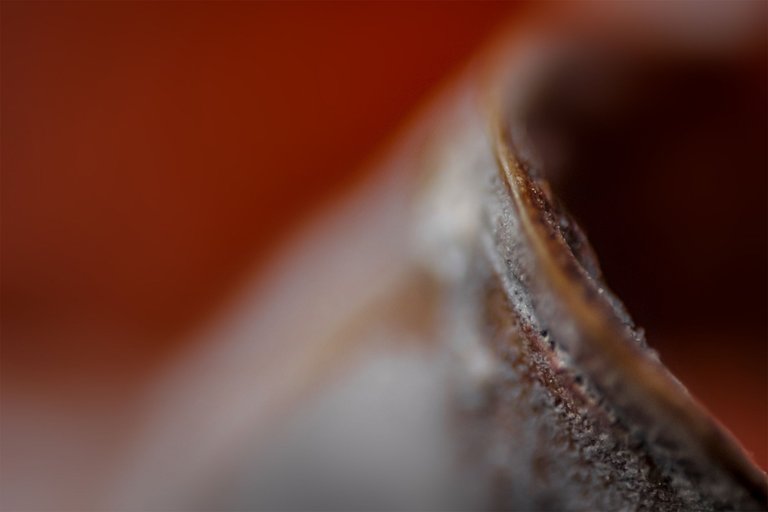
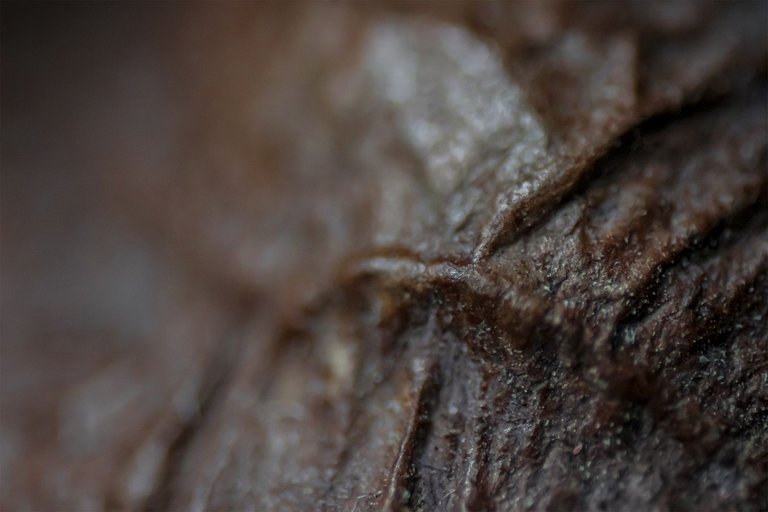
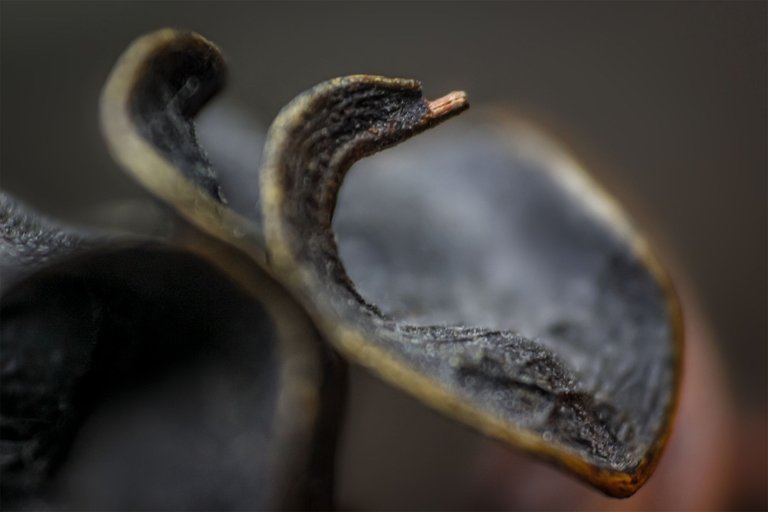
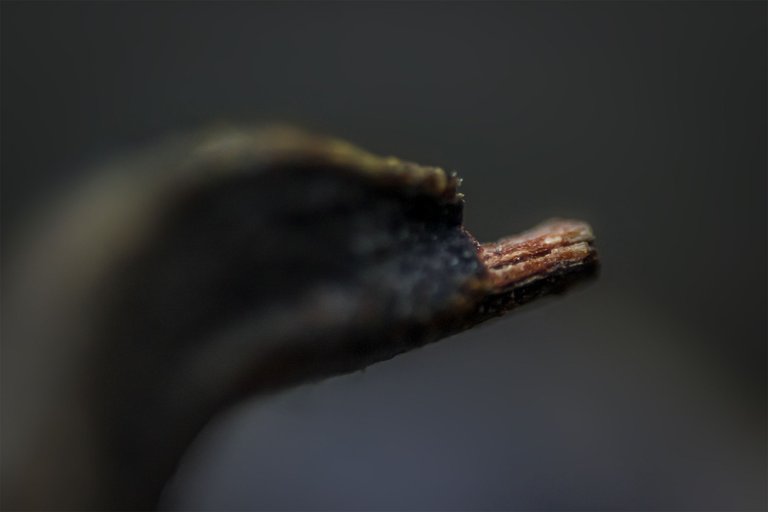
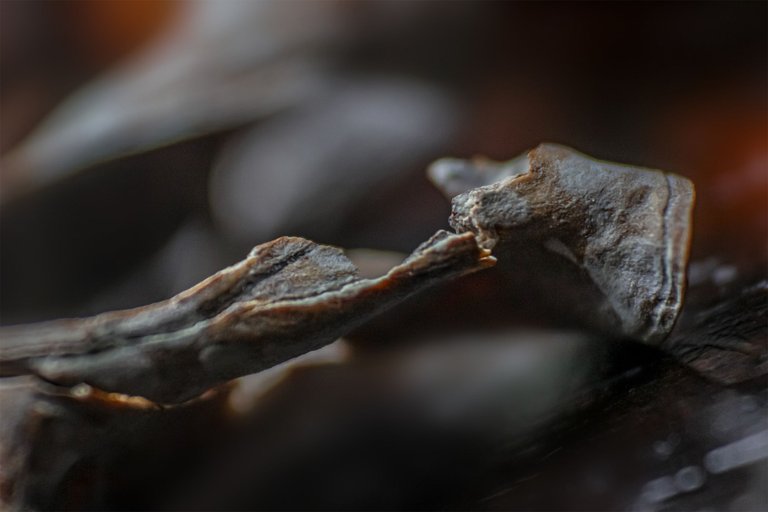
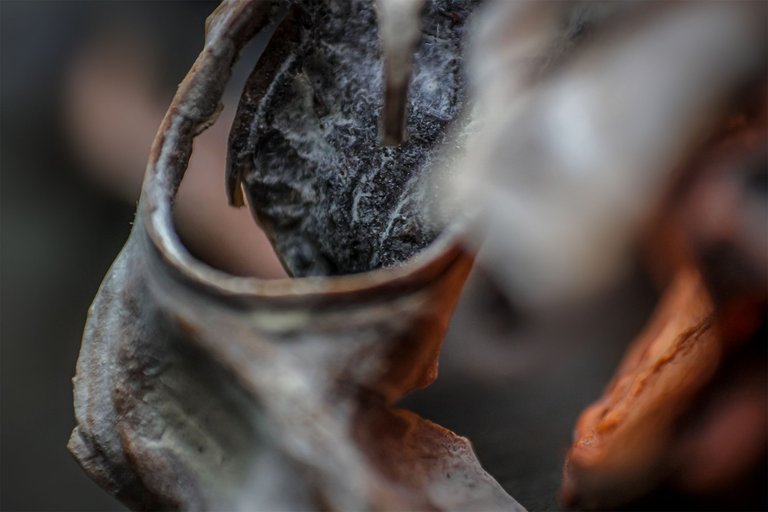
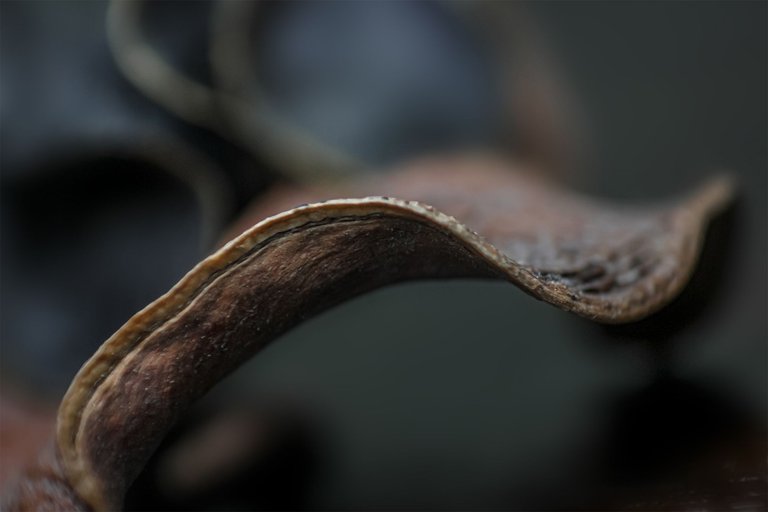

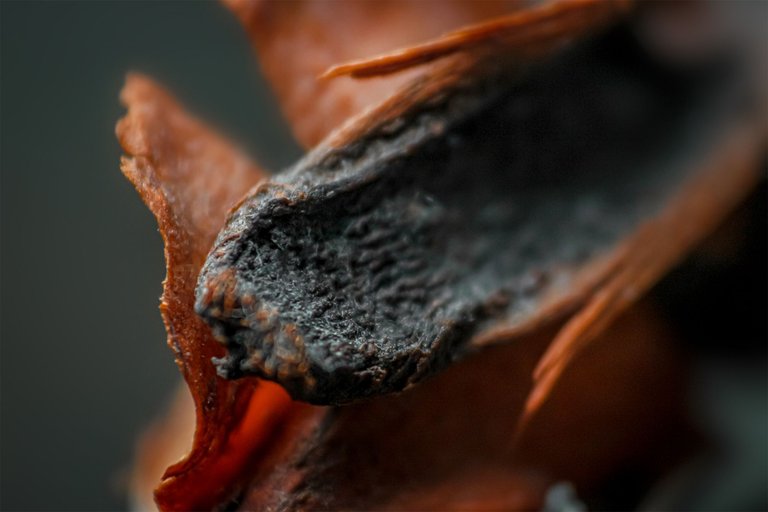
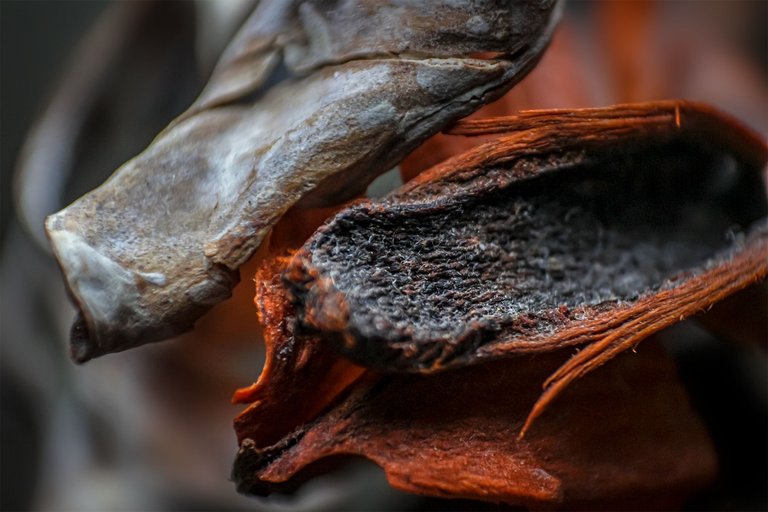
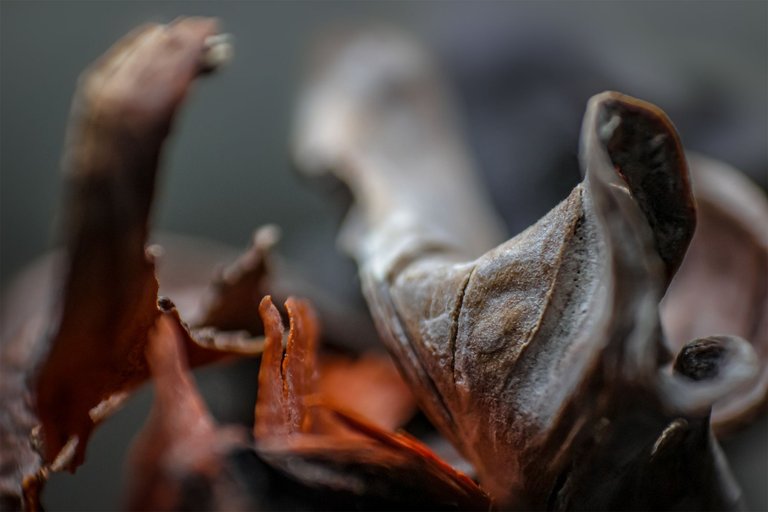
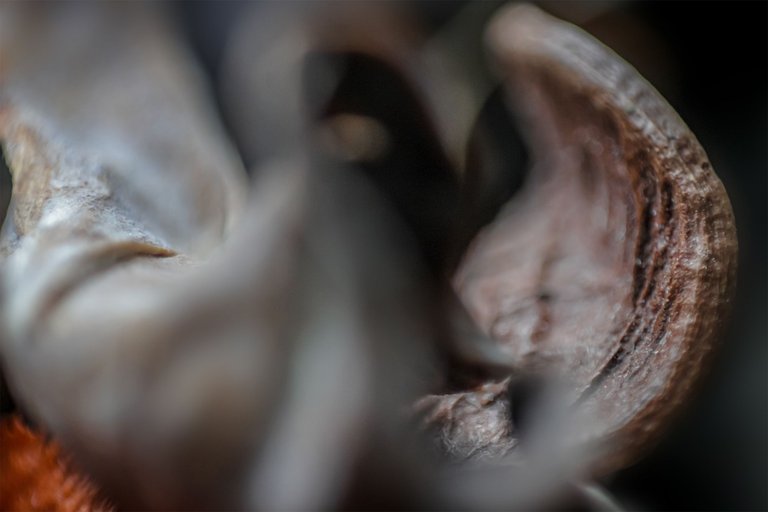
To finish, i leave you with some considerations regarding these photo sessions:
In addition to its aesthetic value, macro photography also has considerable potential as a scientific dissemination tool. Magnifying small natural phenomena offers researchers, teachers and the general public an accessible and intuitive view of biological and physical processes that may seem abstract in theoretical explanations. I believe that this technique contributes to democratizing knowledge, making the invisible visible and enabling a greater appreciation of the complexity of life and nature.
In short, I believe that macro photography not only enriches the field of photography as art, but also plays a vital role in broadening our understanding of the world. By offering new layers of reality and a diversity of perspectives, it allows us, as observers, to reconnect with the world on a different scale, cultivating a renewed admiration for the detail and microcosm that surrounds us.
The session is closed for today.
Hope you like it :)

These photos weren't taken with a tripod
Camera - Canon EOS 600D
Lens - EFS 18-55mm
Location - Portugal

See you soon
Thank you for watching
Never forget
The price of anything is the amount of life you trade for it.
Time is life... value yours, make every fraction worth it.